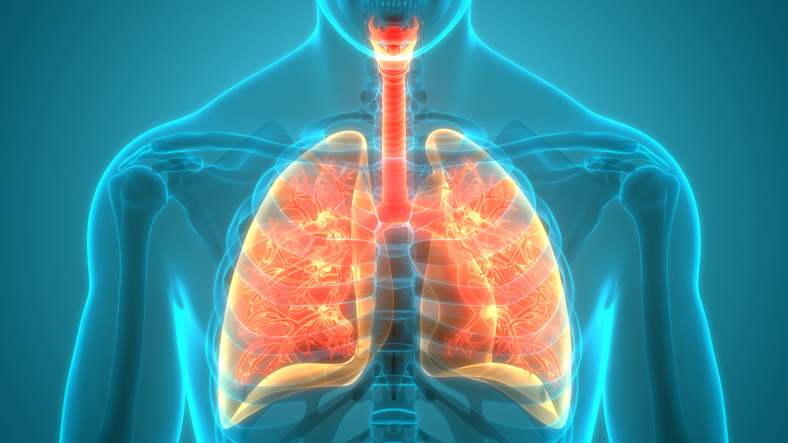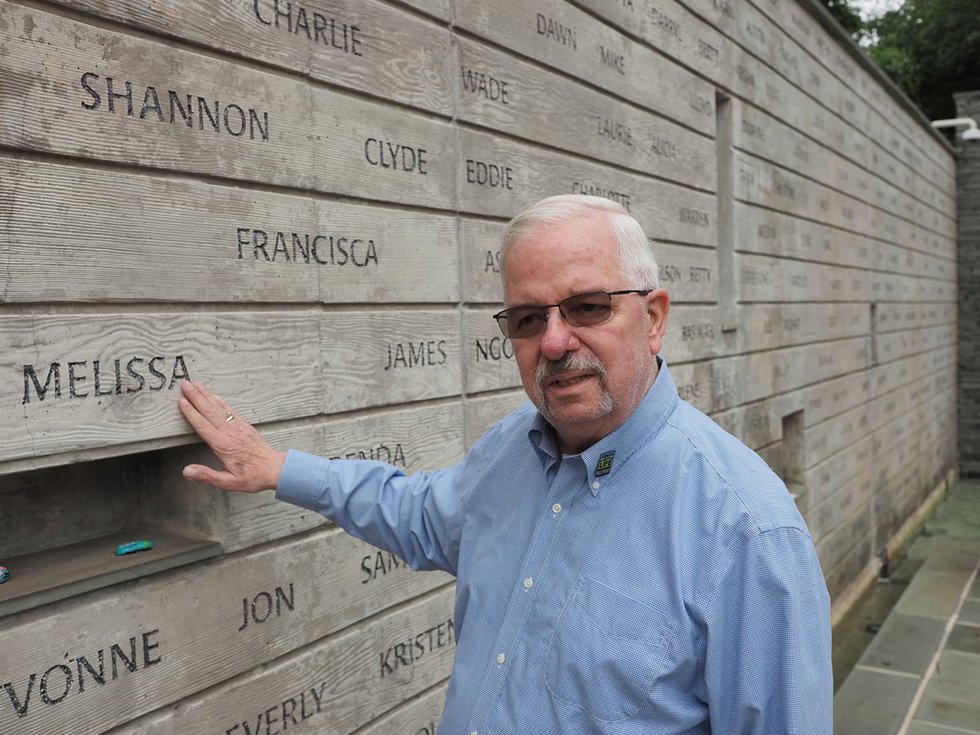By F. Perry Wilson, MD, MSCE
This transcript has been edited for clarity.
F. Perry Wilson, MD: Hello. I am Dr F. Perry Wilson. I’m an associate professor of medicine and public health at the Yale School of Medicine. I am joined today by two amazing physicians, Dr Rade Tomic, who is a professor of medicine, pulmonology, and critical care and medical director of the Lung Transplant Program at Northwestern Medicine.
Read more in Medscape.


